Ok, I generated some random data in excel and pasted it in as a power query source:
let
Source = Table.FromRows(Json.Document(Binary.Decompress(Binary.FromText("dZRLDsQwCEPv0nUXQNJ8zlLN/a8xGjWQ0UPdWhgbQ3Lfh0o/zsNEp4zjc/6AsgCVB1CvUFuAOaUtykDFbuoVE4A6RZwiDpRVUR3QBVysSNaV1r2prh5irz0uzCJvlB2QUsVACdnmPSozFVYMAFFhNHZRtkAlKkI2Qp4PYEKKwodG047Nxfgdq9QJYwG4rPIchLtNiW1jhefg41dSjLutVOHBbB/KgDpOOy07AqpsKvSRAipMXRHyPjqnNK5hcPz0gCYXJXC676NBVpLKIMBzCOtCCv8PS2+ff5CQsnsMpB63nh7h/y/1+QI=", BinaryEncoding.Base64), Compression.Deflate)), let _t = ((type text) meta [Serialized.Text = true]) in type table [Customer = _t, #"Purchase YearMonth" = _t]),
#"Changed Type" = Table.TransformColumnTypes(Source,{{"Customer", Int64.Type}, {"Purchase YearMonth", Int64.Type}})
in
#"Changed Type"
I think an effective approach is just to use DAX to add a column to your dataset that will 'tag' each row with that customers earliest purchase date. This is a calculated column, not a measure.
Earliest Purchase YearMonth =
CALCULATE(
MIN('Sales'[Purchase YearMonth]),
FILTER(
'Sales',
Sales[Customer] = EARLIER(Sales[Customer])
))
Then just use a matrix visual with Earliest Purchase date in the row headers, purchase date in the column headers, and a count distinct of Customer as values.

Hope it Helps!


